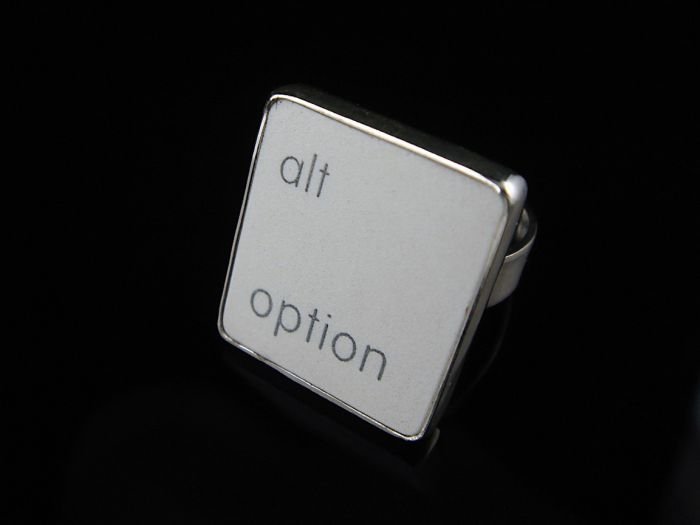|
|
Jewelry With Keyboard Keys
|
Although artistic display has clearly been a function of jewellery from the very beginning, the other roles described above tended to take primacy. It was only in the late 19th century, with the work of such masters as Peter Carl Fabergé and René Lalique, that art began to take primacy over function and wealth. This trend has continued into modern times, expanded upon by artists such as Robert Lee Morris, Ed Levin, and Alberto Repossi.
Materials and methods
In creating jewellery, gemstones, coins, or other precious items are often used, and they are typically set into precious metals. Alloys of nearly every metal known have been encountered in jewellery - bronze, for example, was common in Roman times. Modern fine jewellery usually includes gold, white gold, platinum, palladium, titanium or silver. Most American and European gold jewellery is made of an alloy of gold, the purity of which is stated in karats, indicated by a number followed by the letter K. American gold jewellery must be of at least 10K purity (41.7% pure gold), (though in the UK the number is 9K (37.5% pure gold) and is typically found up to 18K (75% pure gold). Higher purity levels are less common with alloys at 22 K (91.6% pure gold), and 24 K (99.9% pure gold) being considered too soft for jewellery use in America and Europe. These high purity alloys, however, are widely used across Asia, the Middle East and Africa. Platinum alloys range from 900 (90% pure) to 950 (95.0% pure). The silver used in jewellery is usually sterling silver, or 92.5% fine silver. In costume jewellery, stainless steel findings are sometimes used.
|
|









